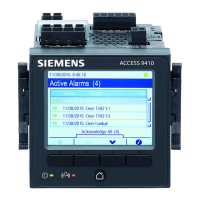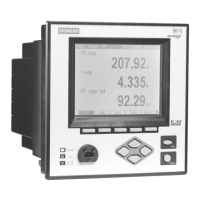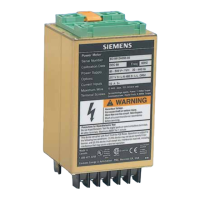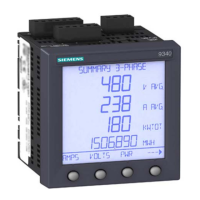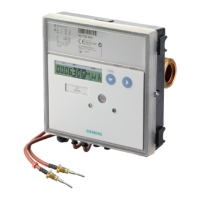Measurements 9410 series
+Q
(+kVAR, +kVARh)
-P
(-kW, -kWh)
-Q
(-kVAR, -kVARh)
+P
(+kW, +kWh)
Active power (W)
Exported/received
Apparent power (VA)
Reactive power (VAR)
Imported/delivered
Quadrant 3
PF lagging
Power factor sign convention:
IEEE = −
IEC = −
Quadrant 4
PF leading
Power factor sign convention:
IEEE = +
IEC = +
Quadrant 1
PF lagging
Power factor sign convention:
IEEE = −
IEC = +
Quadrant 2
PF leading
Power factor sign convention:
IEEE = +
IEC = −
90°
0°
180 °
270 °
Apparent power (VA)
Reactive power (VAR)
Imported/delivered
Active power (W)
Exported/received
Reactive power (VAR)
Exported/received
Apparent power (VA)
Apparent power (VA)
Active power (W)
Imported/delivered
Active power (W)
Imported/delivered
Reactive power (VAR)
Exported/received
The units for power are watts (W or kW) for real power P, vars (VAR or kVAR) for
reactive power Q, and volt-amps (VA or kVA) for apparent power S.
Positive real power P(+) flows from source to load, and negative real power P(-) flows
from the load to the power source.
Current phase shift from voltage
Electrical current can lag, lead, or be in phase with the AC voltage waveform, and is
typically associated with the type of load — inductive, capacitive or resistive.
For purely resistive loads, the current waveform is in phase with the voltage waveform.
For capacitive loads, current leads voltage. For inductive loads, current lags voltage.
The following diagrams show how voltage and current waveforms shift based on load
type under ideal (laboratory) conditions.
Current and voltage in phase (resistive) Current leads voltage (capacitive) Current lags voltage (inductive)
7EN05-0336-03 169

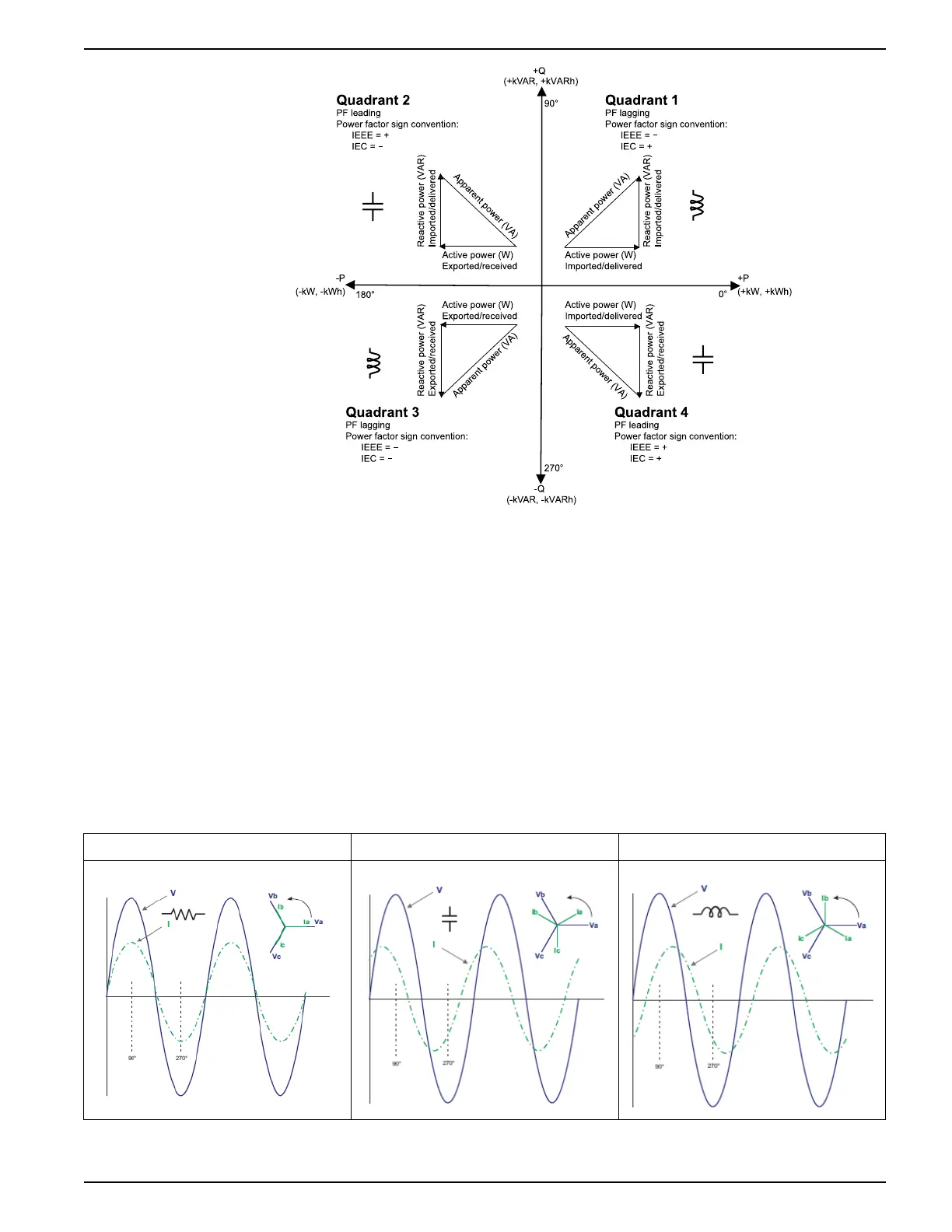